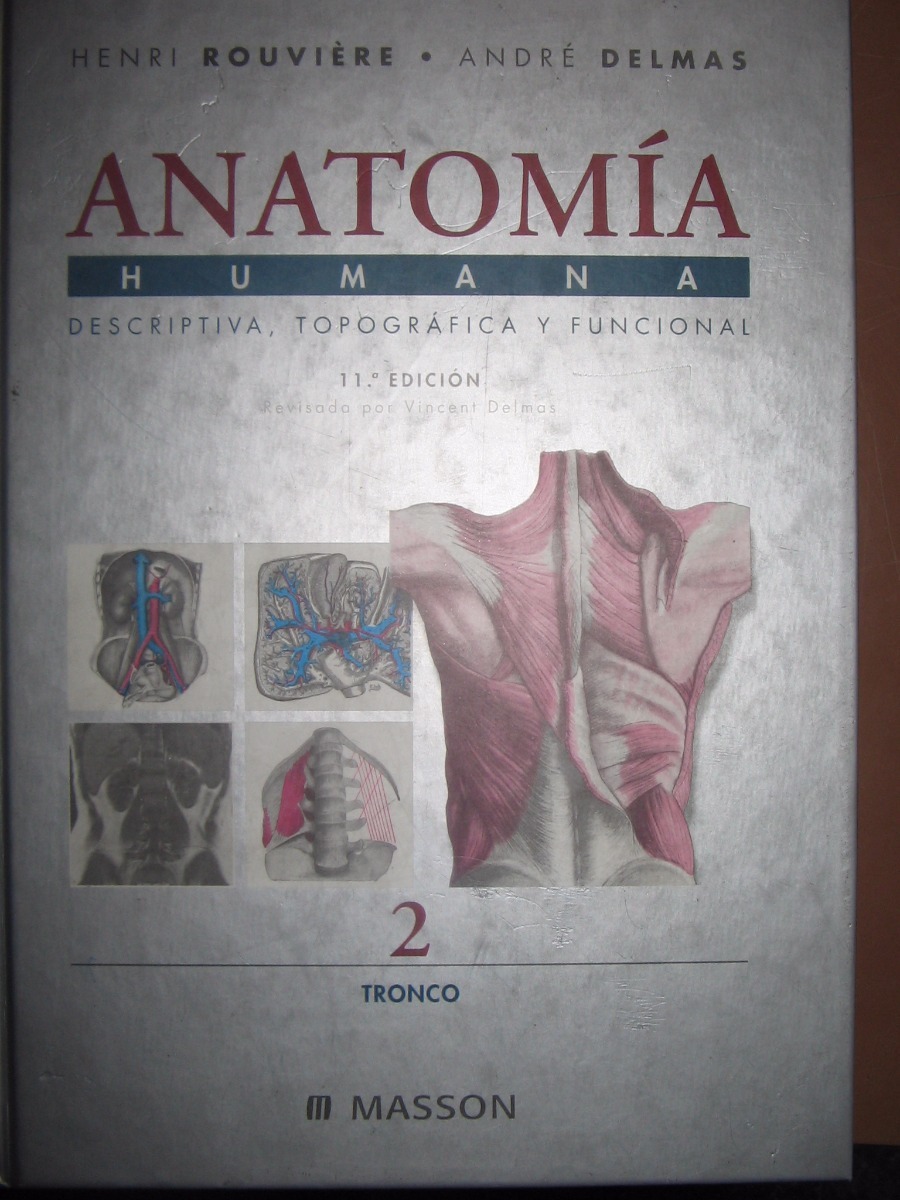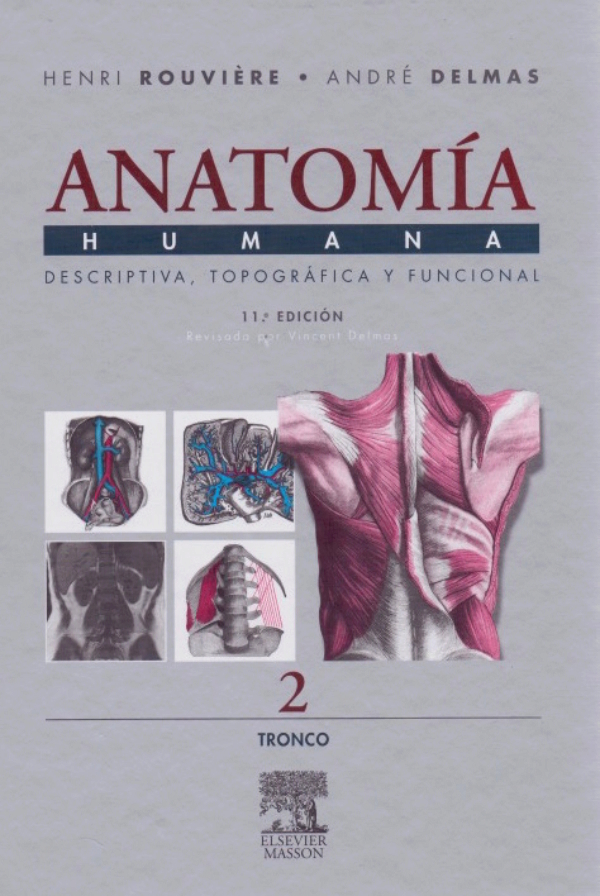
This remarkable shape of the middle genu of the central sulcus has been compared to an inverted Greek letter Omega. It resembles an “S” in appearance with three distinct curves or genua: the superior and inferior genua, which are convex anteriorly, and the middle genu – the deepest curve – which is concave anteriorly. Starting medially, it descends anteriorly along the lateral surface of the hemisphere. It separates motor from sensory areas, and frontal from parietal lobes. The central sulcus is one of the most important and consistent landmarks in the convexity of the brain. Keywords: Anatomy, central sulcus, magnetic resonance imaging, Omega sign Hence, it gives a quick preoperative idea of the relationships between the lesion and the pre- and post-central gyri. Identification of the Omega sign allowed for the topographic localization of the contralateral central sulcus in all our surgical cases but one.Ĭonclusion:The contralateral Omega sign can be easily and reliably used to clarify the topographic location of the pathology. The average distance from the medial limit of the Omega to the medial edge of the hemisphere was 24.5 ± 5.35 mm.

On anatomical specimens, Omega was 11.2 ± 3.35 mm in height, on average, and 18.7 ± 2.49 mm in width, at the base. The middle genu is characterized by an inverted Omega-shaped area in axial sections known as the Omega sign. Results:The central sulcus has three genua. Additionally, 5 formalin-fixed brains (10 hemispheres) were studied to clarify the anatomy of the central sulcus where the Omega shape is found. Methods:From July 2005 through December 2010, 43 patients with lesions in and around the central sulcus were operated using the contralateral Omega sign concept. We do not intend to replace modern techniques, but to show an easy, cheap and relatively effective way to recognize the relationship between the central sulcus and the lesion.



The aim of this study is to show the usefulness of the contralateral Omega sign for the location of tumors in and around the central sulcus. In a brain with a lesion in this area, its identification becomes a hard task irrespective of the technique applied. Background:The central sulcus may be located through magnetic resonance imaging (MRI) by identifying the ipsilateral inverted Omega shape.


 0 kommentar(er)
0 kommentar(er)
